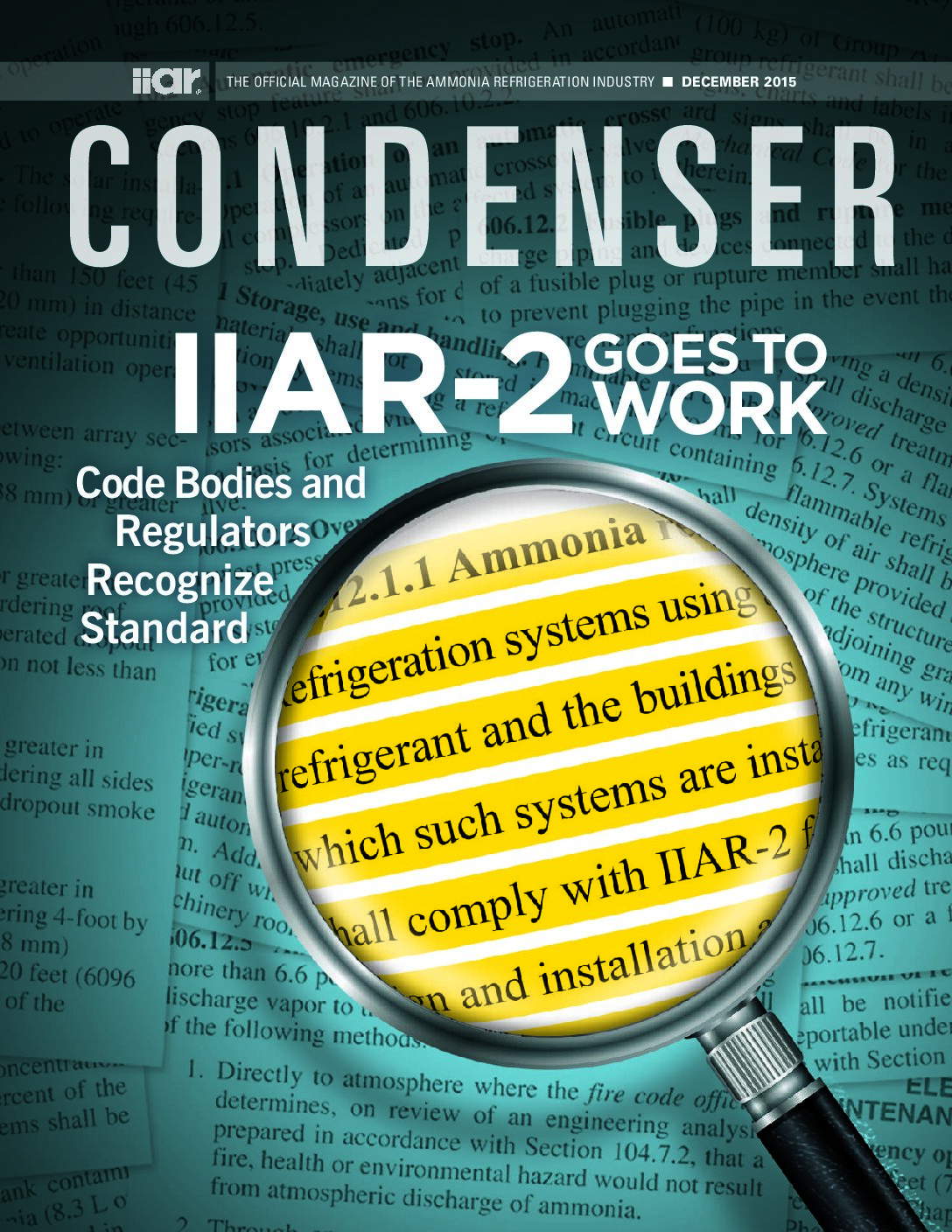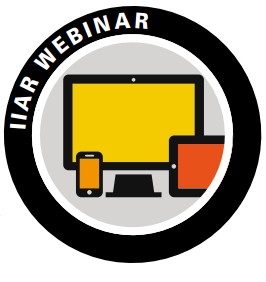REFRIGERANT CHARGE REDUCTION: STRATEGIES AND RESULTS IN BUILDING ULTRA LOW CHARGED AMMONIA SYSTEMS
This paper presents an overview of the reasons for charge reduction in air conditioning and refrigeration systems and discusses strategies for charge reduction: in compressors (oil), vessels, pipes, and heat exchangers. The focus is on heat exchangers, microchannel in particular. In addition to a trivial reduction of internal volume as a strategy for charge reduction, the effect of mass flux on void fraction and needed manipulation of circuiting is presented. A framework and example of comparison between refrigerants based on their potential for low condenser charge is provided.
Read More




















